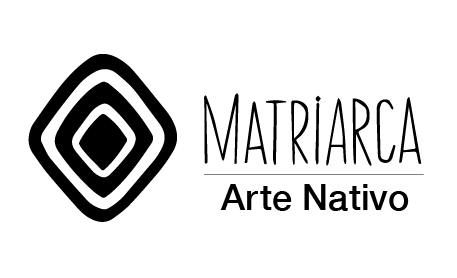They weave the wool offered by the Creole sheep of the Gran Chaco and transform it into beautiful fabrics.
All garments are dyed with their plants, leaves, fruit rinds, capturing in a variety of colors the joy of their culture, which is still alive and strong today.
Valuing your craft are valuing their culture. Each piece is unique and special.
Wool processing
The wool that is obtained from the sheep is the raw material that allows QOMLE´EC women to make beautiful animals, rugs and tapestries. The whole process begins with four rinses to remove dirt from the fleece. After washing, the wool begins its drying stage.
Once dry, the wool passes through an artifact called Distaff by which the soft threads that will be used to weave various products are obtained.
Before you start weaving, women dye their threads with natural dyes that come from the surroundings. These dyes are prepared by the women from fruits, barks and roots of different trees.
Finally, once the threads have been dyed, the creativity of the women becomes reality in the fabric of their tapestries and rugs, as well as in the diversity of their animalitos..
Their tapestries and carpets have been known to many generations past. The techniques applied, together with the different thickness of the threads, allow Qomle´ec women to maintain designs that reflect ancestral knowledge.
Although the animalitos are relatively new within their community, there are now women who train others in this practice. On the other hand, tapestries and rugs have a long journey, as are purses, belts and girdles.

